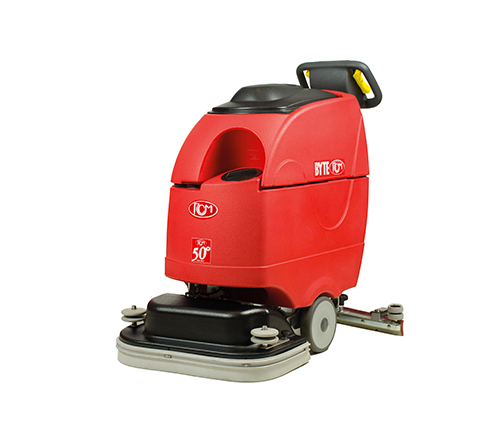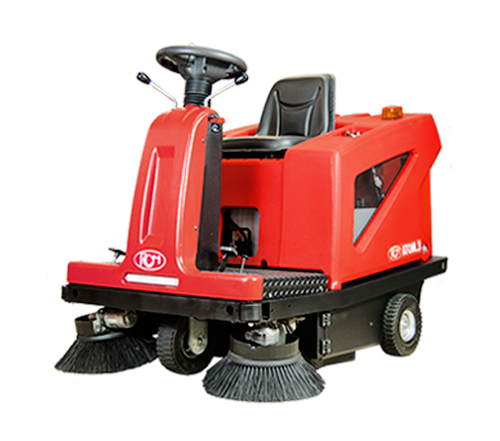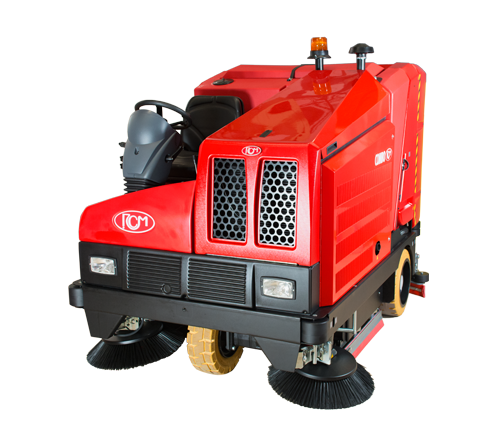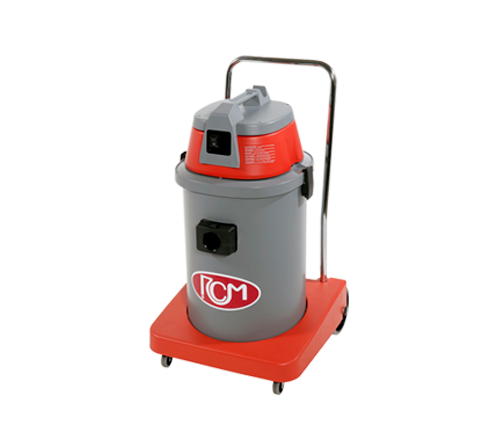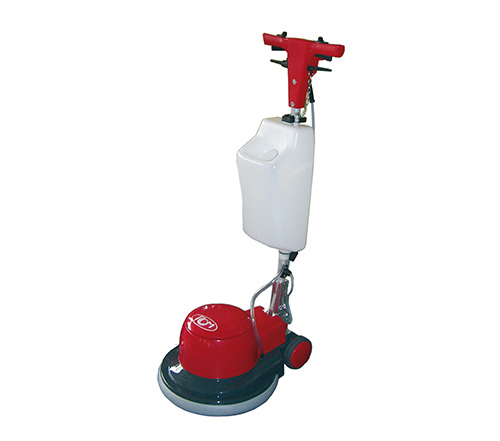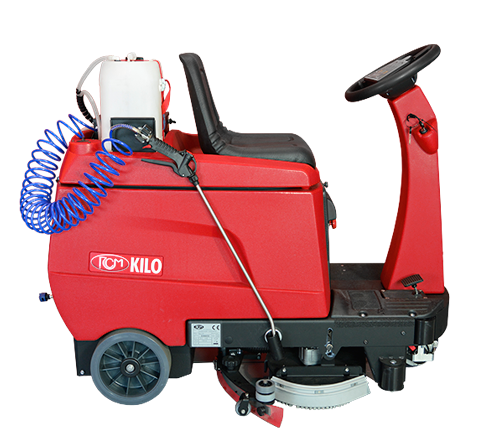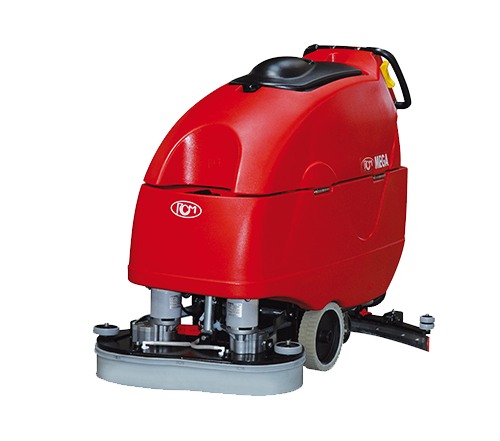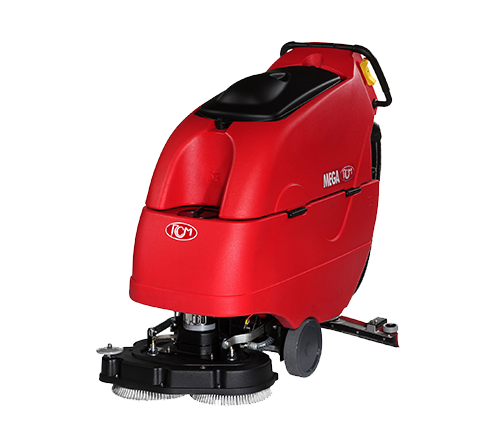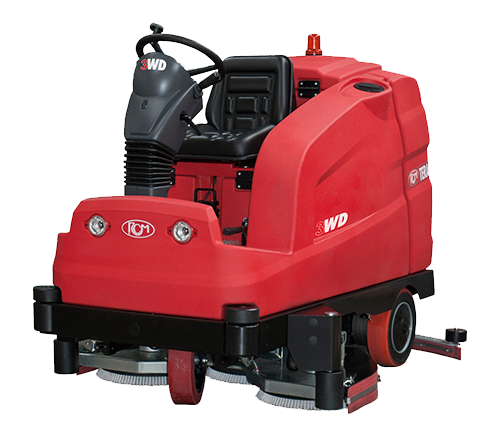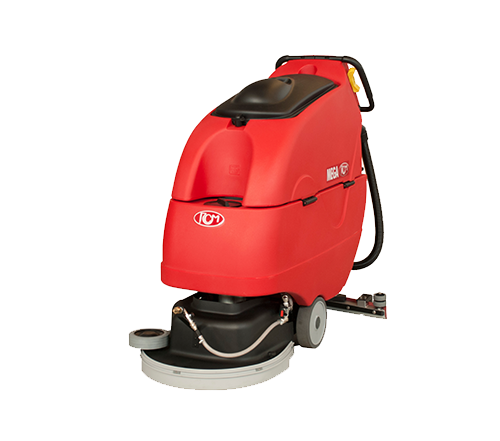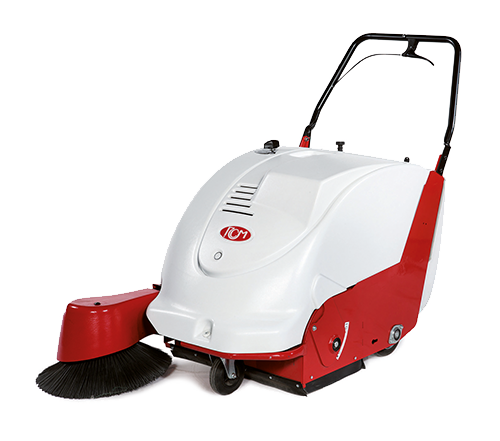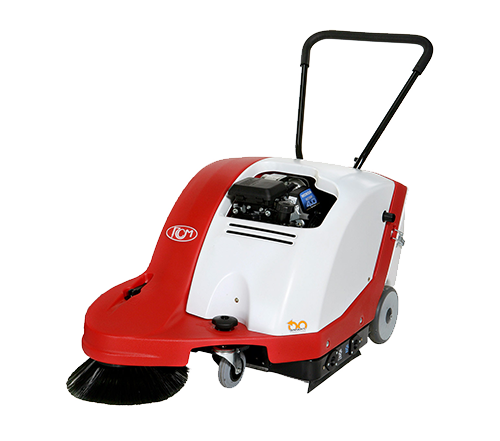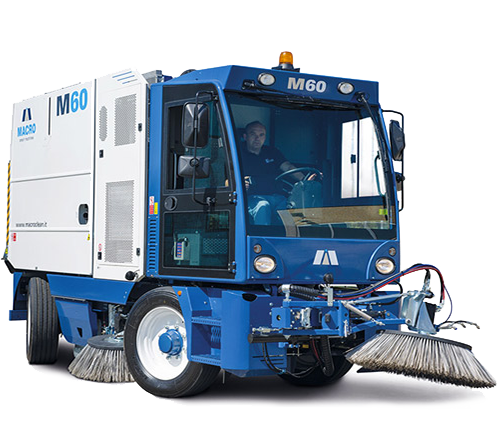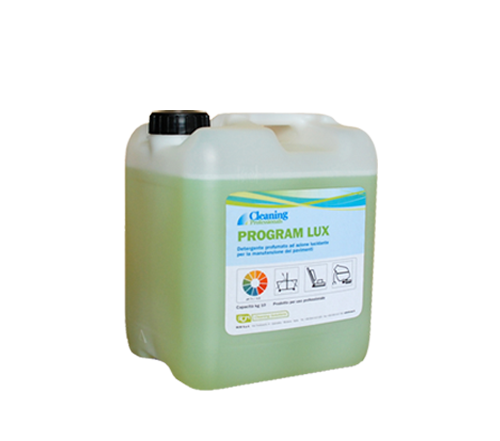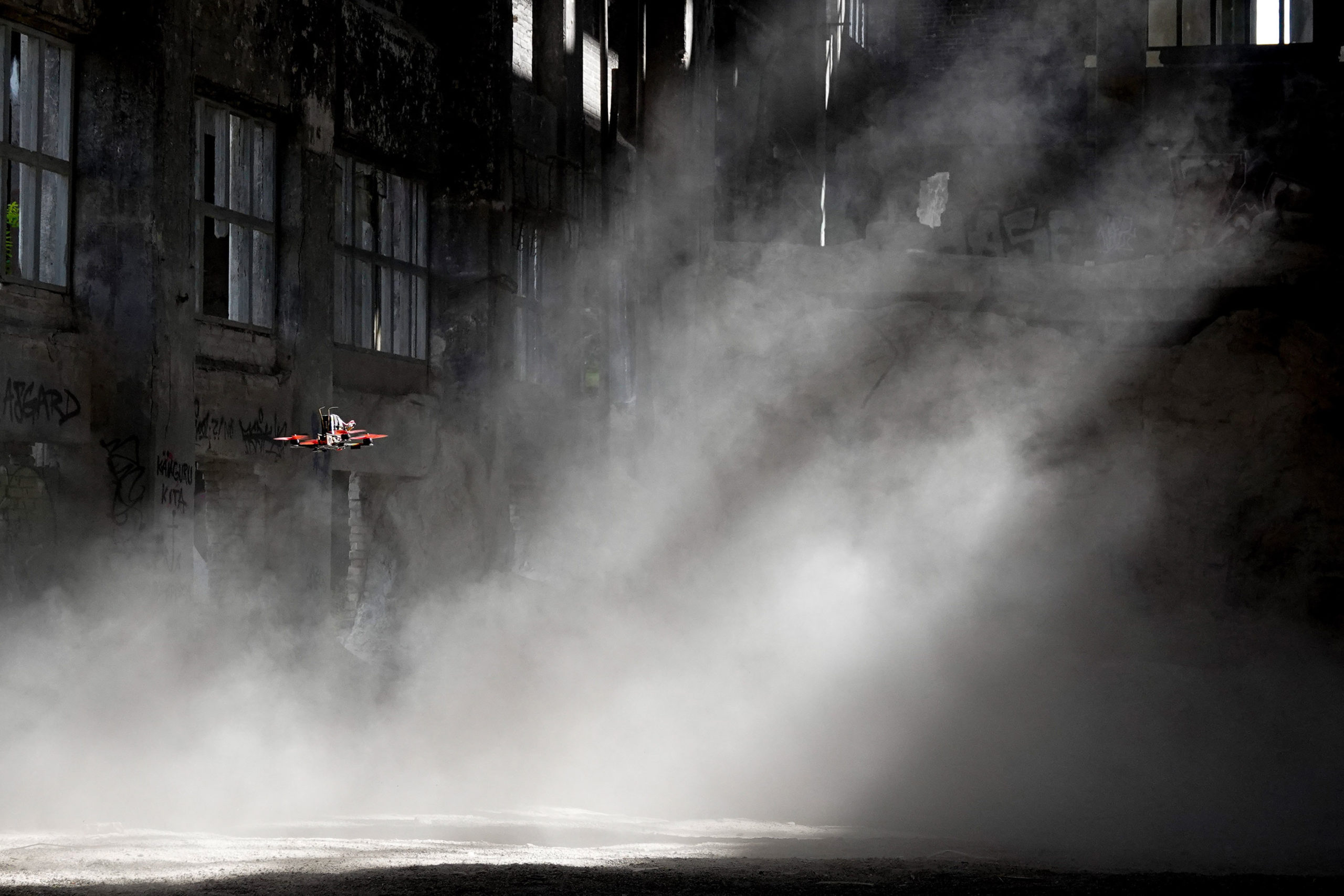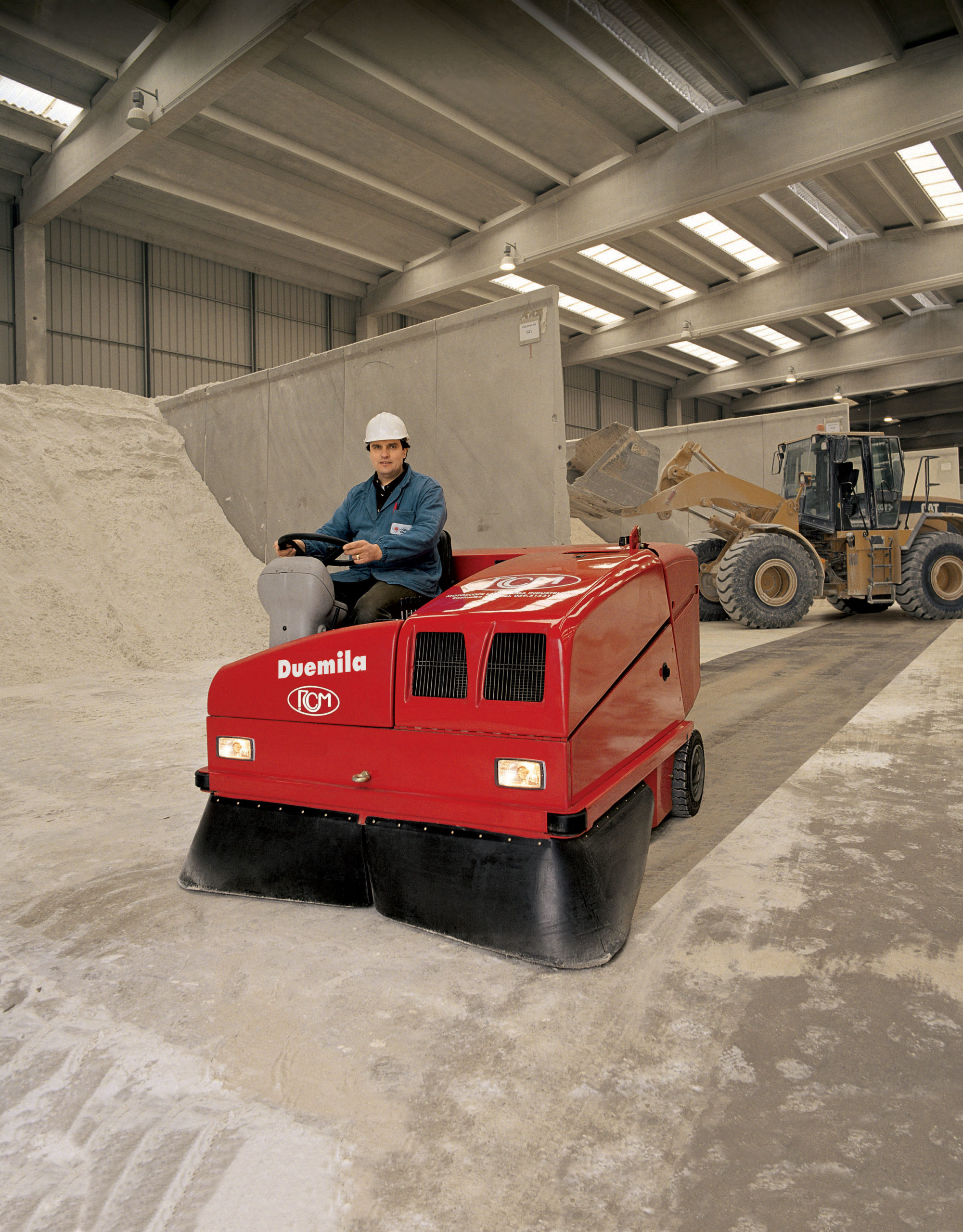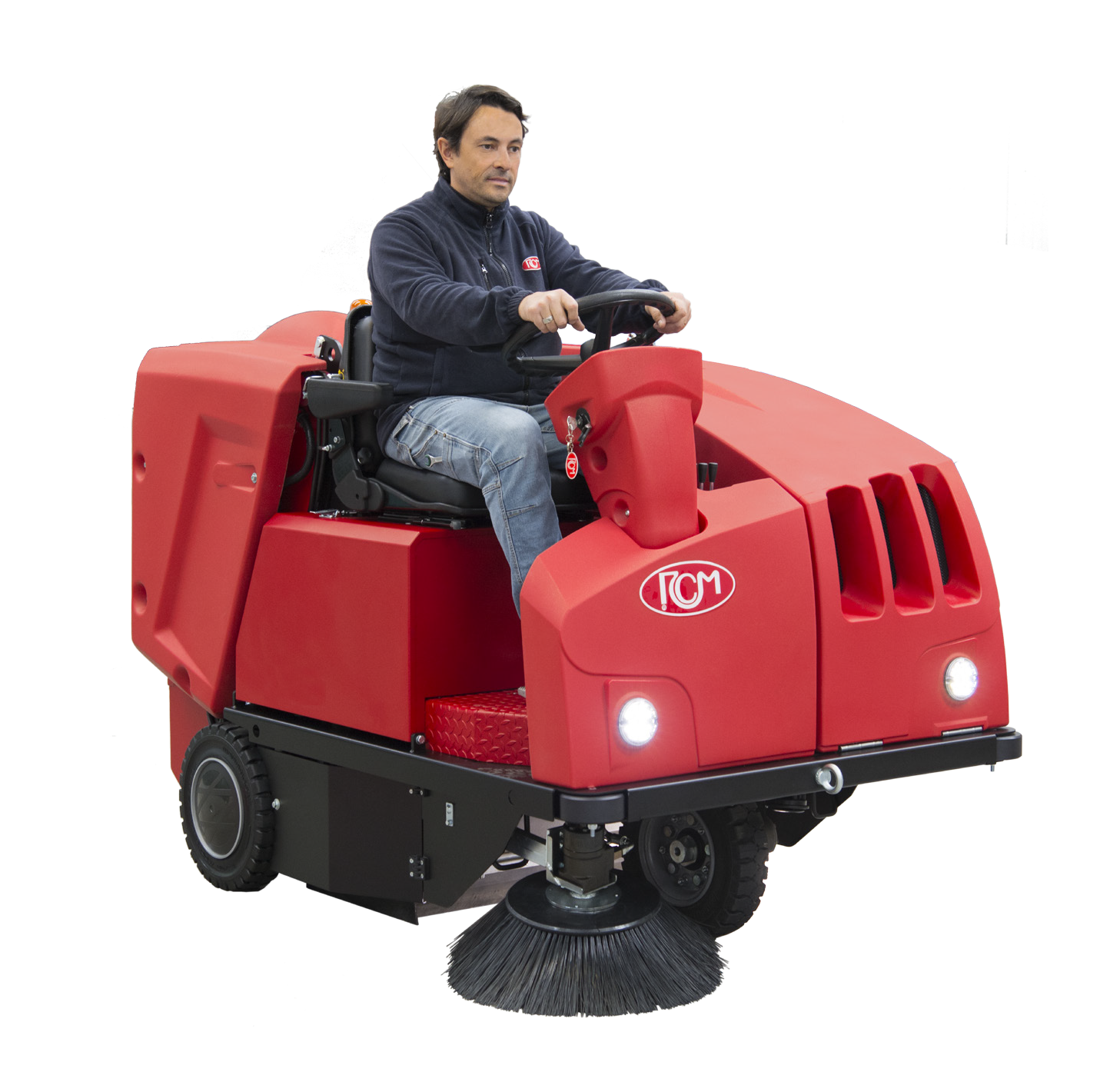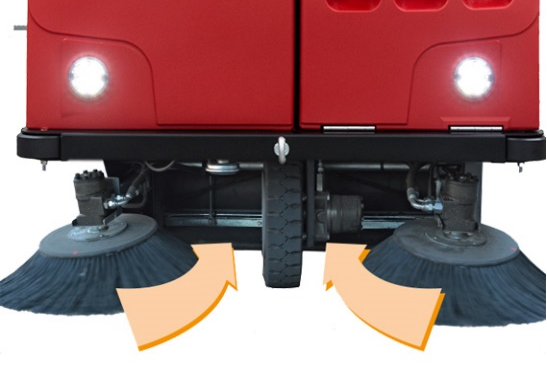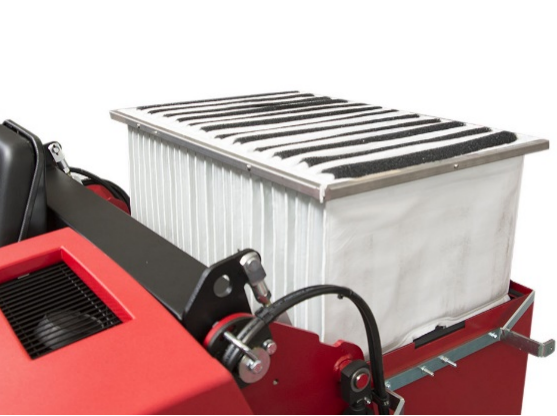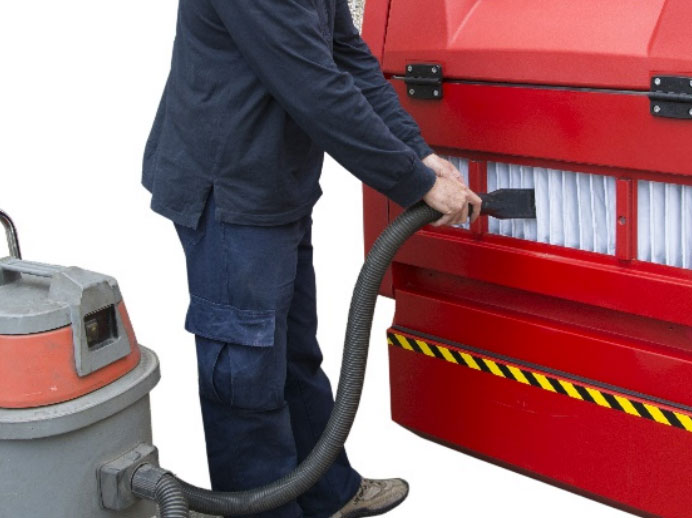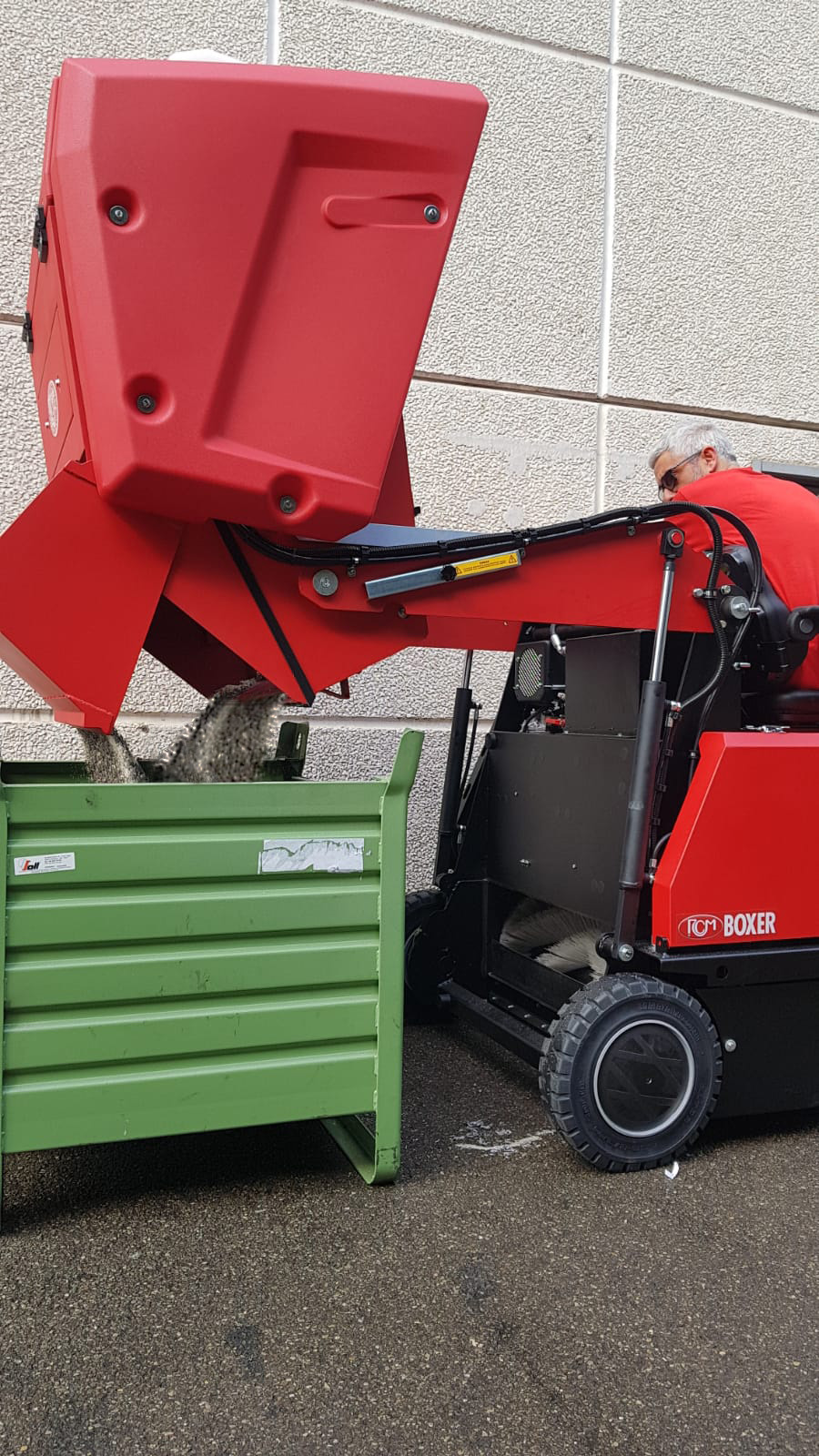Fine powder? What is it?
Fine dust particles are particles that remain suspended in the air. They are also called particles or microparticles. They are generally characterized by the acronym PM (Particulate Matter) associated with a number (indicating the size of the particle diameter).
> Discover the difference between PM10 and PM2.5 on the website of the Higher Institute of Health
But these dust particles when they’re dangerous?
“The human health effects of airborne dust, called PM10 in relation to the size of the particles of which it is composed, depend mainly on its quantity (or concentration) and the nature of its components. In fact, depending on their diameter, they will deposit more or less deeply into the respiratory system. The type and severity of determined health effects is also affected by chemicals, organic and inorganic, present on the surface of particles. Soluble substances, for example, can be absorbed by the body where they are deposited, causing local disturbances.
More serious effects were observed with disorders (symptoms) and changes in respiratory function (bronchitis, asthma which may also require hospitalization) after exposure (although limited to one or two days) to elevated levels of PM10 and PM2.5 (particles with a diameter of less than 2,5 microns). The World Health Organization (WHO) has linked the spread of these effects to an increase (of 10 micrograms per cubic metre) in the average concentration of PM10 and PM2.5 calculated over 24 hours a day.” says the Higher Institute of Health.



